Figures & data
Table 1. Material properties corresponding to different volume fraction Vf of BaTiO3–CoFe2O4 [Citation26].
Figure 1. Schematic of (a) ME composite plate subjected to hygrothermal environment (b) geometrical skewness.

Figure 2. The schematics of (a) basic elements constituting an ANN model (b, c) architecture of the ANN model developed to predict vibration characteristics of SMEE plates.
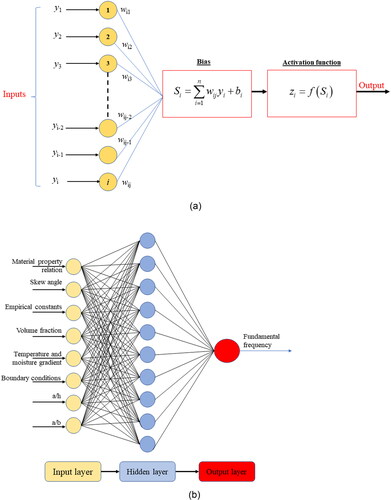
Table 2. Different parameters and their ranges selected for the development of ANN model.
Figure 3. (a) Comparison of the neuron number on the overall value of ‘R’ of the ANN model (b) regression plots for training, and testing of the optimum ANN model with thirty neurons and Levenberg-Marquardt algorithm.
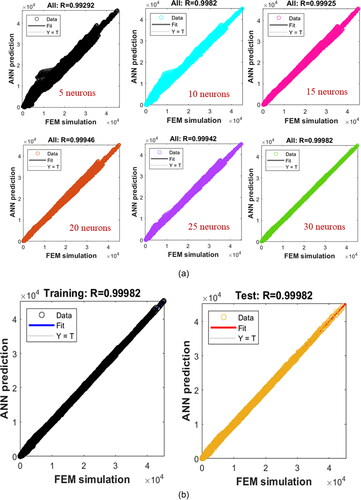
Figure 4. The plot of (a) Error histogram (b) performance of the ANN model developed to predict vibration characteristics of ME plates.

Table 3. The performance parameters of the ANN model.
Table 4. Convergence of natural frequency of MEE plate with mesh size.
Figure 5. Influence of volume fraction and elastic stiffness material property relation on the fundamental frequency of ME plate subjected to hygrothermal environment.

Figure 6. Influence of (a) volume fraction and (b) skew angle on the fundamental frequency of ME plate.
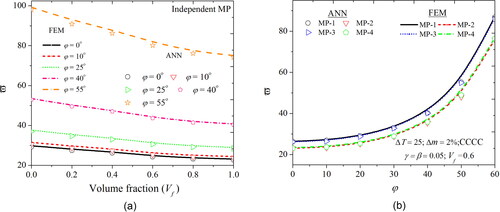
Figure 7. Influence of empirical constant γ (positive) on the fundamental frequency of ME plate with (a) MP-1 (b) MP-2 (c) MP-3 (d) MP-4 material property relations and volume fractions.
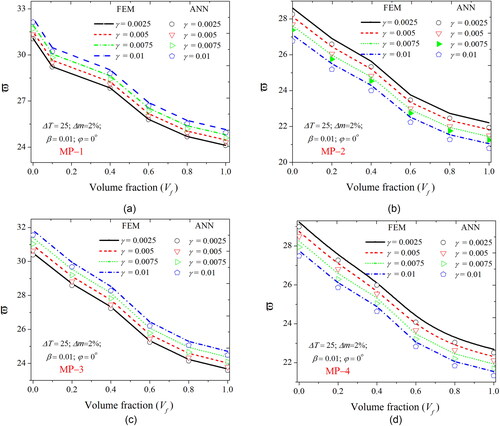
Figure 8. Influence of empirical constant γ (negative) on the fundamental frequency of ME plate with (a) MP-1 (b) MP-2 (c) MP-3 (d) MP-4 material property relations and volume fractions.
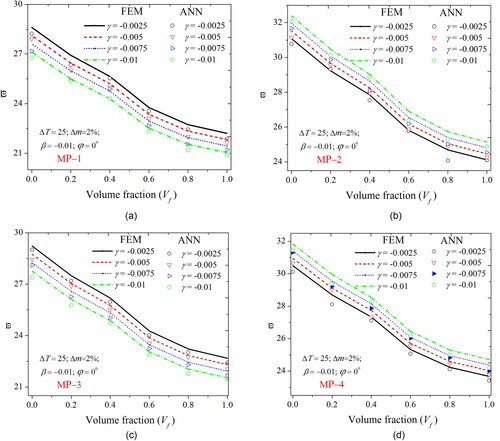
Figure 9. Influence of empirical constant β (positive) on the fundamental frequency of ME plate with (a) MP-1 (b) MP-2 (c) MP-3 (d) MP-4 material property relations and volume fractions.
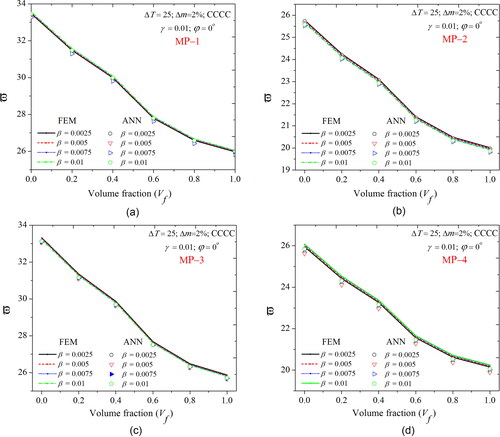
Table 5. Verification of the present FE formulation for natural frequencies of layered ME plates (h = 0.3 m; a = b = 1m).
Figure 10. Influence of (a) thermal (b) moisture gradient on the fundamental frequency of ME plate with different material property relation and positive empirical constants.
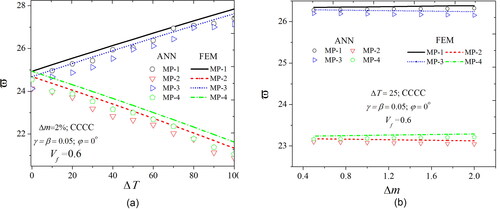
Figure 11. Influence of (a) thermal (b) moisture gradient on the fundamental frequency of ME plate with different material property relation and negative empirical constants.
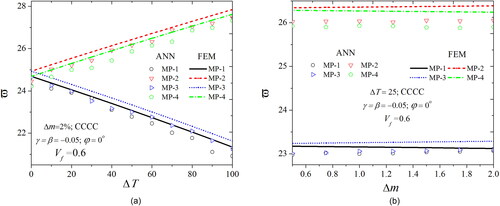
Figure 12. Integrated effects of volume fraction, material property relation and geometric skewness on the fundamental frequency of ME plate with (a) φ = 0ο (b) φ = 15ο (c) φ = 30ο (Δm = 2%; CCCC; γ = β = 0.05).
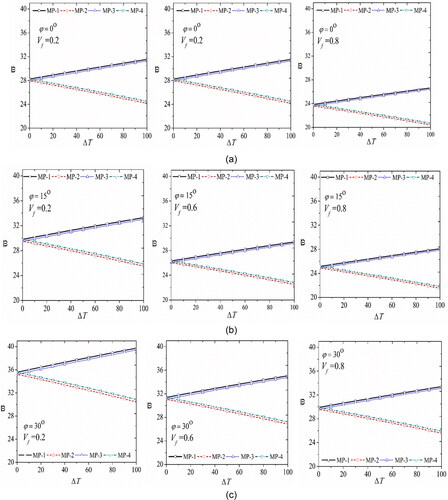
Figure 13. Integrated effects of volume fraction, different empirical constants and geometric skewness on the fundamental frequency of ME plate with (a) MP-1 (b) MP-2 (c) MP-3 (d) MP-4 material property relation (ΔT = 25; Δm = 2%; CCCC).
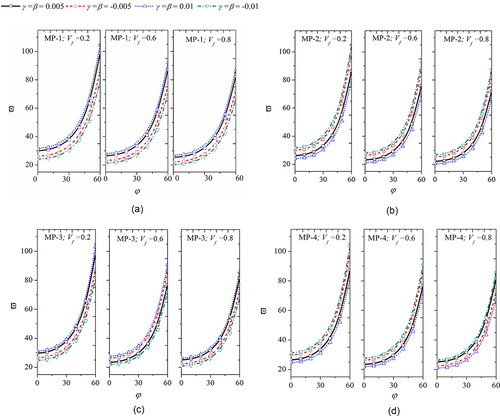
Data availability
The raw/processed data required to reproduce these findings cannot be shared at this time as the data also forms part of an ongoing study.
